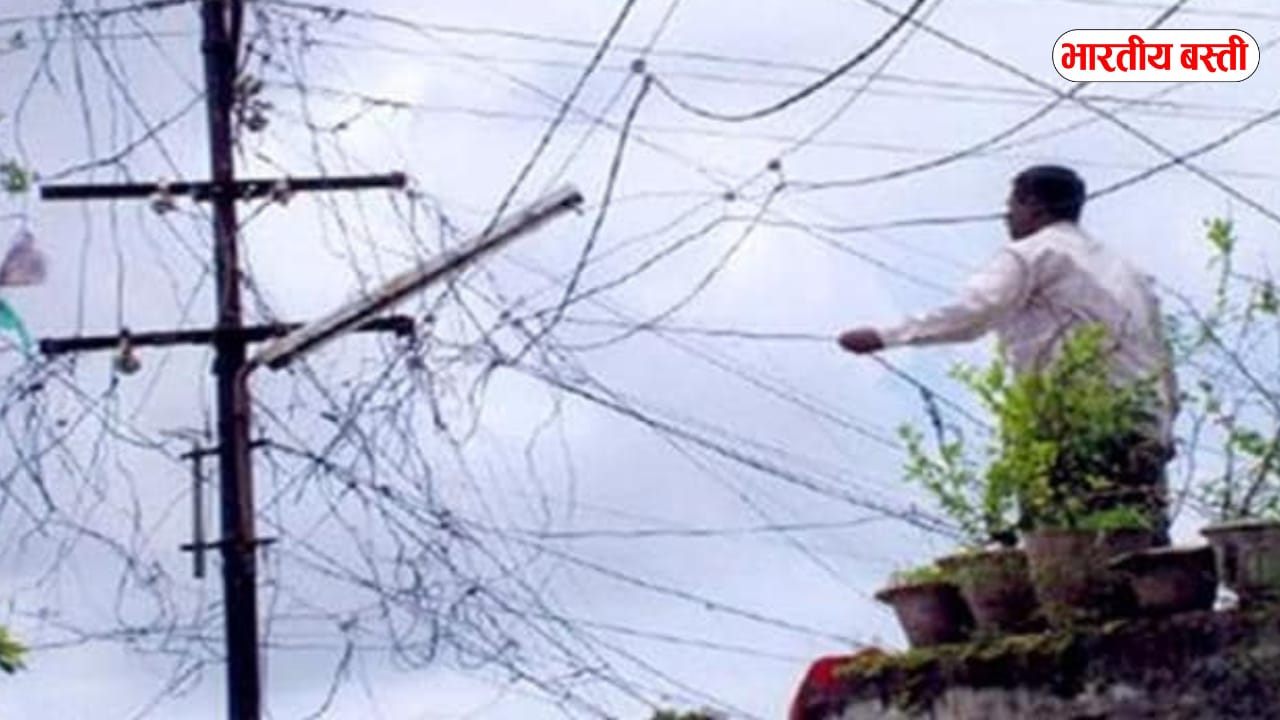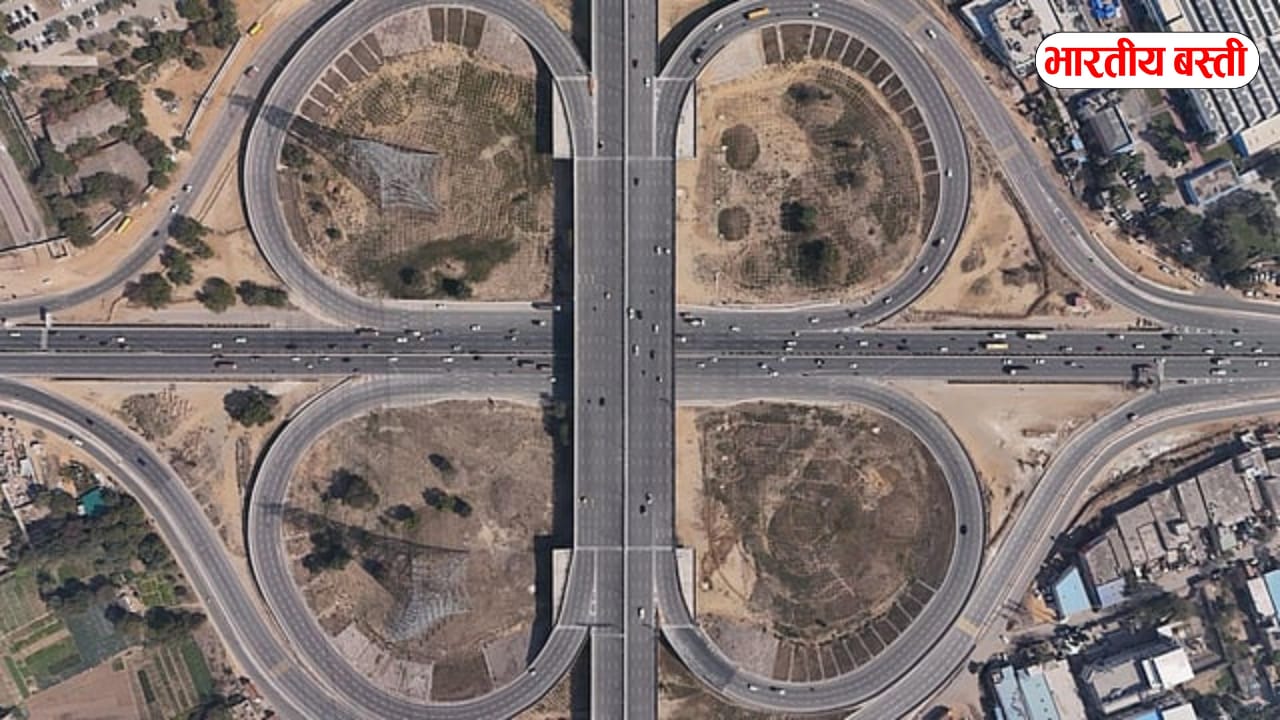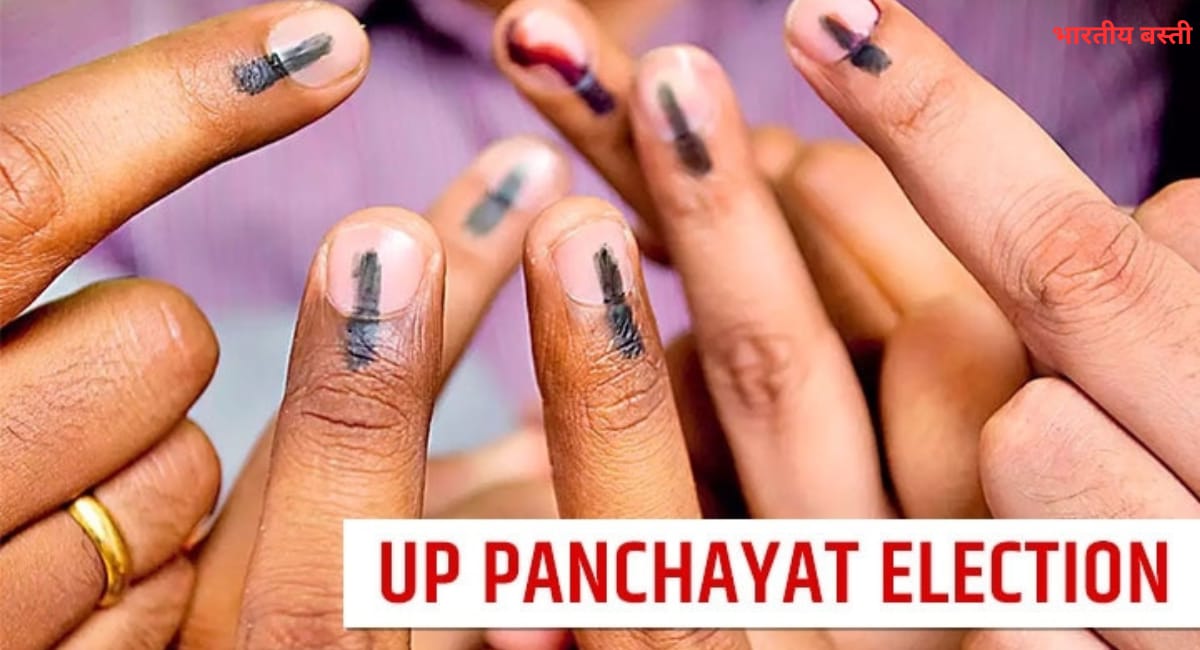Discover how the UP Electric Vehicle Subsidy 2025 is revolutionizing green mobility with major incentives for EV buyers.
Uttar Pradesh is on the fast track to a greener future! With better roads, rising incomes, and growing cities, more people are buying vehicles than ever before.
But the real boost is coming from the UP electric vehicle subsidy, making EVs more affordable and appealing across the state.
From e-scooters to electric cars, residents are switching to cleaner options—and loving it. It’s not just about convenience anymore; it’s about driving smart, saving money, and protecting the environment.
Current Automobile Market Scenario in UP
Take a drive through UP’s streets today, and you’ll see a diverse vehicle mix:
- Two-wheelers remain the top pick—affordable, nimble, and perfect for city commutes.
- Four-wheelers are on the rise, particularly among families prioritizing safety and comfort.
- Electric vehicles (EVs)—from scooters and three-wheelers to cars, buses, and delivery vans—are rapidly gaining ground.
As of May 29, 2025, UP leads India with 4.14 lakh registered EVs, more than double compared to Delhi or Maharashtra Popular EV names on the roads include Tata, Mahindra, Ather, and Ola Electric.
While traditional brands like Maruti Suzuki, Hyundai, Honda, Bajaj, and Hero still dominate the internal combustion engine (ICE) segment.
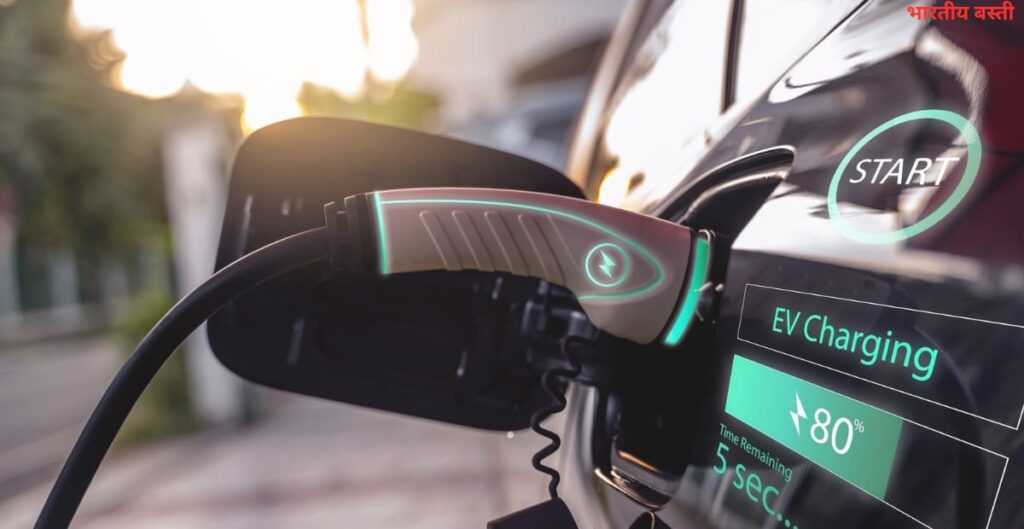
Government Support Through the UP Electric Vehicle Subsidy
The UP government’s support for clean mobility is full-throttle:
- 2022 EV Manufacturing & Mobility Policy: Buyers enjoy subsidies up to ₹5,000 for e two-wheelers, ₹12,000 for e three wheelers, and up to ₹1 lakh for electric cars o Plus, there’s a 100% waiver on road tax and registration for the first five years
- Funding & Extensions: A budget of ₹100 crore for e two-wheelers and ₹250 crore for e four wheelers has been allocated, with policy extended through 2027
- Infrastructure Expansion: 320 public EV charging stations are being installed across 16 major cities like Lucknow, Kanpur, Varanasi, and Ayodhya UP is the first Indian state to include upstream infrastructure costs in this subsidy—charging station operators can claim up to ₹10 lakh for setup
- Streamlined Subsidy Process: New policy allows buyers to apply directly via upevsubsidy.in and get payments directly in their bank account—no need to go through dealers anymore Impact on Economy and Employment
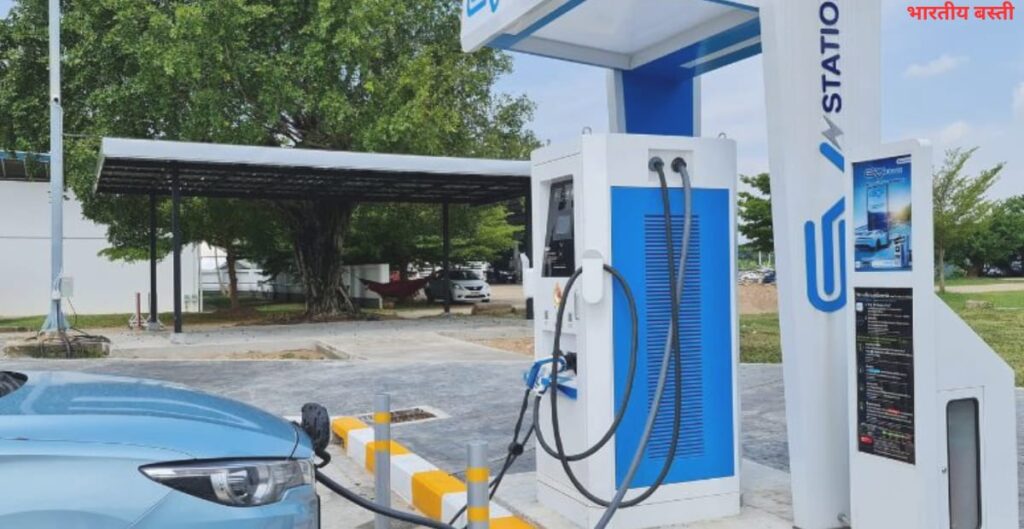
These initiatives are powering multiple benefits:
• Job creation is surging—especially with the upcoming ₹700 crore EV park in Kanpur, expected to employ thousands—from assembly line workers to R&D experts
• A growing supply-chain ecosystem supports local businesses—EV parts, charging solutions, and service centers are flourishing.
• Dealerships, service stations, and spare-part vendors are buzzing with activity.
• Targeted skill development programs are aligning with EV manufacturing needs—boosting UP’s workforce capabilities.
Challenges Faced
- Urban traffic congestion and road safety need urgent attention in hubs like Noida and Lucknow.
- While EVs help reduce carbon emissions, ICE vehicles still contribute significantly to air pollution.
- Despite gains, charging infrastructure remains thin, with only about 1 station per ~11 EVs, far from the optimal 6–20 ratio
- In rural areas, the high upfront cost of EVs and limited financing options slow adoption.
- Although the policy digitalization is a plus, subsidy delays—like pending approvals—can frustrate buyers.
Future Outlook
- Expect continued growth in electric two- and four-wheelers, with EV numbers projected to double in the next two years.
- Commercial EVs, including e-trucks, will flourish under schemes like PM E-DRIVE, offering up to ₹9.6 lakh in incentives
- Smart mobility features—battery swapping, fast charging, connected apps—will soon become mainstream.
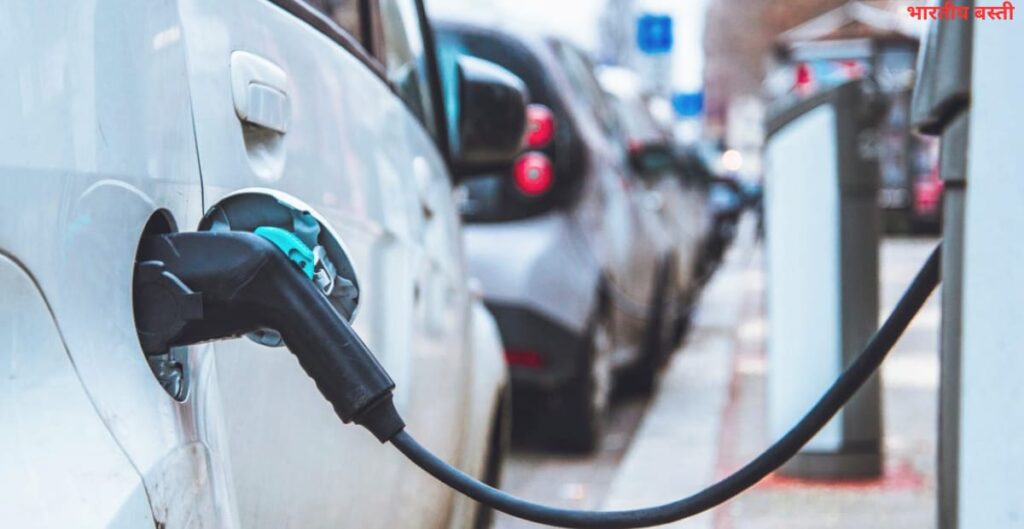
- The UP electric vehicle subsidy is expected to expand, with added incentives and longer tenure.
- The charge station network will grow as charging tech spreads across cities.
- Continued industrial investment in EV and battery manufacturing could reposition UP as a global EV hub.
Conclusion
Uttar Pradesh is steering confidently into a clean, smart automotive future.
With strong policies like the UP electric vehicle subsidy, infrastructure growth, and private-sector enthusiasm, the state is building a modern, eco-conscious transport ecosystem.
If you are a UP resident or investor, this is the perfect time to shift to an EV—be it a scooter, car, or commercial vehicle.
Subsidies, growing charging networks, and emerging factories make EVs more accessible than ever.
FAQs
Q.1 What is the UP electric vehicle subsidy scheme?
Answer: It’s a government initiative that offers cash benefits and tax waivers to people buying electric vehicles in Uttar Pradesh. It helps make EVs more affordable and eco-friendly!
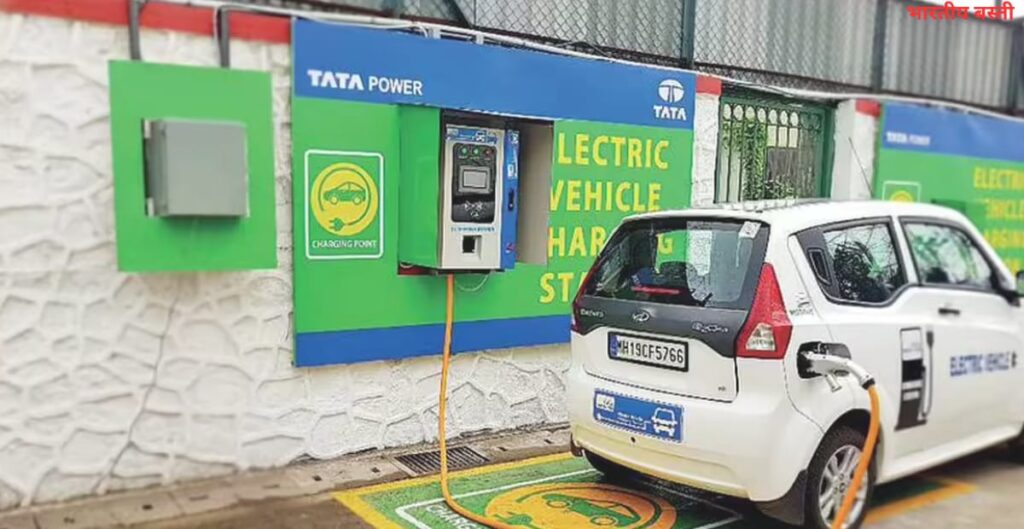
Q.2 How much subsidy can I get on an electric vehicle in UP?
Answer: You can get up to ₹5,000 on e-scooters, ₹12,000 on e-rickshaws, and up to ₹1 lakh on electric cars—plus tax and registration fee exemptions.
Q.3 Who is eligible for the UP EV subsidy?
Answer: Any resident of Uttar Pradesh buying a new electric vehicle from an approved dealer is eligible—just make sure the vehicle is listed under the state’s subsidy policy.
Q.4 How can I apply for the UP EV subsidy?
Answer: You can apply directly at upevsubsidy.in after purchasing your EV. The amount gets transferred straight to your bank account—no dealer needed!
Q.5 Is the UP electric vehicle subsidy available in rural areas too?
Answer: Yes, the scheme is statewide! Whether you are in a city or village, you can benefit from the subsidy if you buy a qualifying EV.
Q.6 How long will the UP EV subsidy be available?
Answer: The policy has been extended until 2027, so there is still plenty of time to take advantage of the benefits.

